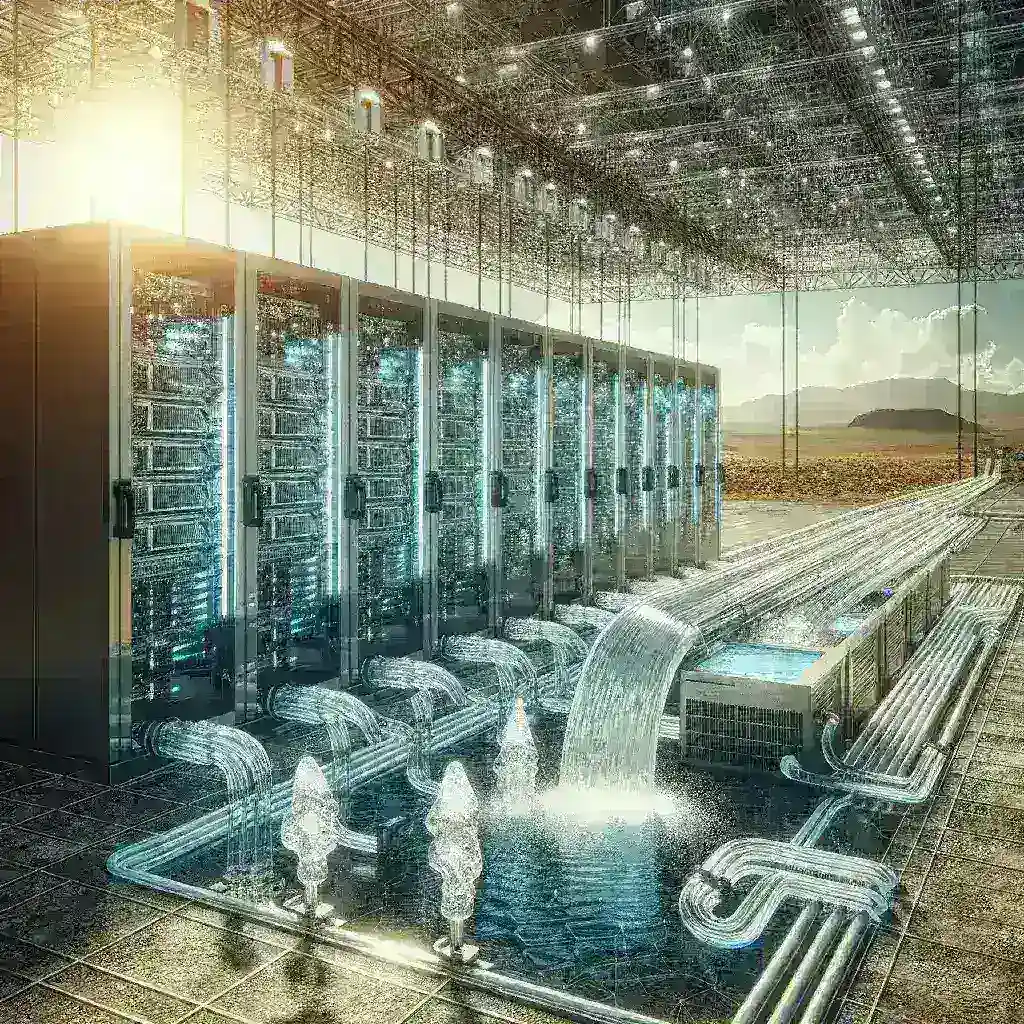Introduction
As the world continues to embrace digital transformation, artificial intelligence (AI) is becoming a pivotal force in various sectors. However, the rapid growth of AI data centers necessitates a critical examination of the resources they consume, especially freshwater. This article explores the importance of regulating freshwater usage in AI data centers, addressing environmental concerns, sustainability efforts, and future implications.
The Rise of AI Data Centers
AI data centers are specialized facilities designed to support the processing power needed for complex AI algorithms and machine learning models. They require substantial computational resources, which, in turn, demand significant energy and water. As AI technologies proliferate, the number of data centers is increasing, raising concerns over environmental sustainability.
Water Usage in Data Centers
Data centers utilize water primarily for cooling purposes. High-performance computing generates immense heat, and effective cooling systems are vital to maintain operational efficiency. Traditionally, many data centers have relied on freshwater sources, leading to escalating water consumption:
- Increased Demand: The global demand for cloud services and AI capabilities has surged, resulting in a proportional rise in data center construction.
- Cooling Requirements: AI workloads necessitate advanced cooling techniques, often leading to higher water usage compared to traditional computing.
- Regional Imbalance: Data centers are frequently situated in areas with ample freshwater availability, which can create disparities in local water resources.
Environmental Impact
The environmental ramifications of unchecked freshwater consumption in AI data centers are profound. Key issues include:
- Water Scarcity: Over-extraction of freshwater can lead to depletion of local aquifers and rivers, impacting ecosystems and communities.
- Thermal Pollution: Discharged warm water from cooling processes can alter local water temperatures, affecting aquatic life.
- Carbon Footprint: The energy-intensive nature of cooling systems contributes to greenhouse gas emissions, exacerbating climate change.
Historical Context
The relationship between technology and resource consumption is not new. The industrial revolution marked the beginning of significant resource exploitation, leading to various environmental challenges. As we progress further into the digital age, the lessons learned from past resource management must inform our approach to AI data centers:
- Historical Resource Management: Industries have faced similar scrutiny regarding their water usage, emphasizing the need for sustainable practices.
- Regulatory Frameworks: Countries have historically implemented regulations to protect water resources; similar frameworks are essential for modern technology infrastructures.
The Need for Regulation
Regulating freshwater usage in AI data centers is crucial for several reasons:
- Sustainability: Policies promoting responsible water usage can ensure that data centers operate within ecological limits, preserving freshwater sources for future generations.
- Corporate Responsibility: Companies must understand their role in environmental stewardship, adopting best practices to minimize their water footprint.
- Public Awareness: Increasing awareness about water usage can foster community support and encourage data centers to adopt sustainable practices.
Proposed Strategies for Regulation
To effectively regulate freshwater usage in AI data centers, a multi-faceted approach is required:
- Water Usage Audits: Regular audits can track water consumption and identify areas for improvement in efficiency.
- Alternative Cooling Methods: Encouraging the use of dry cooling systems or recycled water could significantly reduce reliance on freshwater resources.
- Collaboration with Local Authorities: Engaging with local governments and communities can lead to more informed and effective water management practices.
Future Predictions
As technology continues to evolve, so will our understanding of resource management:
- Innovative Solutions: Advances in cooling technologies, such as liquid cooling or ambient air cooling, may revolutionize water usage in data centers.
- Policy Developments: Expect increased regulatory scrutiny and the establishment of stricter guidelines for water consumption in tech industries.
- Consumer Expectations: As consumers become more environmentally conscious, businesses will be pressured to adopt sustainable practices.
Conclusion
The growing demand for AI and data center operations brings with it a responsibility to manage resources wisely. Freshwater is a finite resource that must be regulated to ensure a sustainable future. By implementing strategic regulations and fostering a culture of environmental responsibility, the tech industry can contribute to the preservation of freshwater ecosystems while continuing to innovate and thrive. The time to act is now—ensuring that as we advance technologically, we do not sacrifice our planet’s most essential resources.


